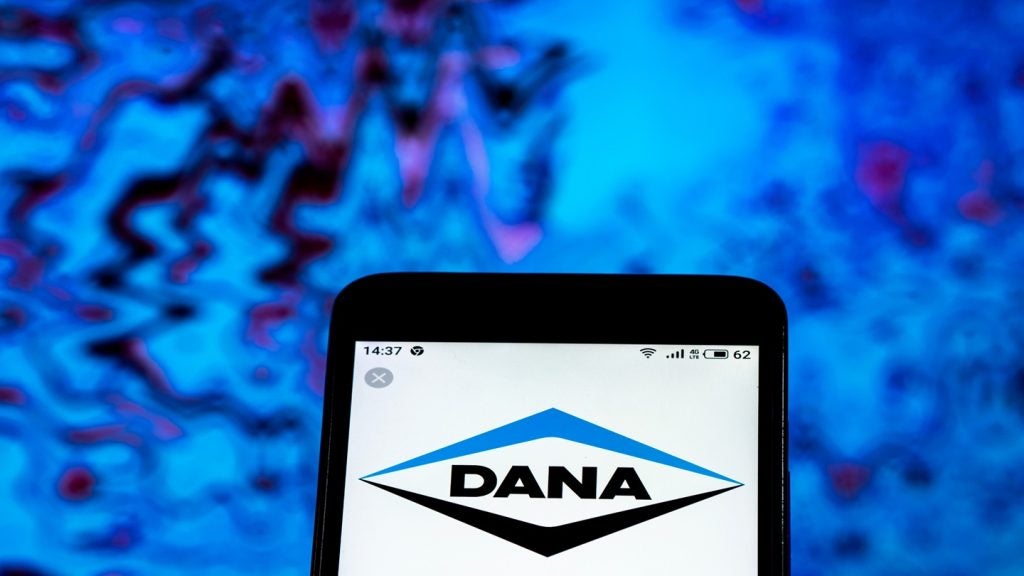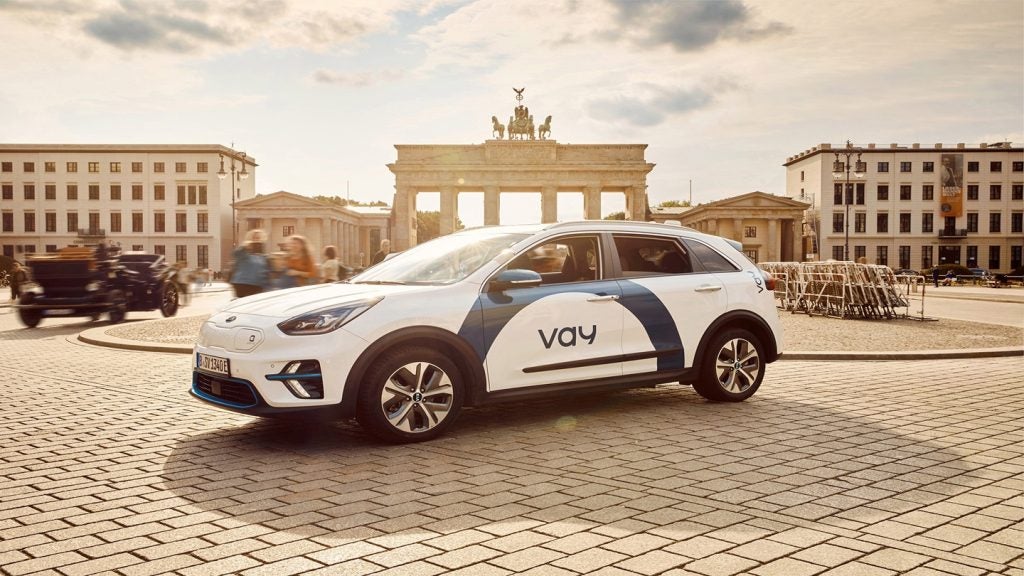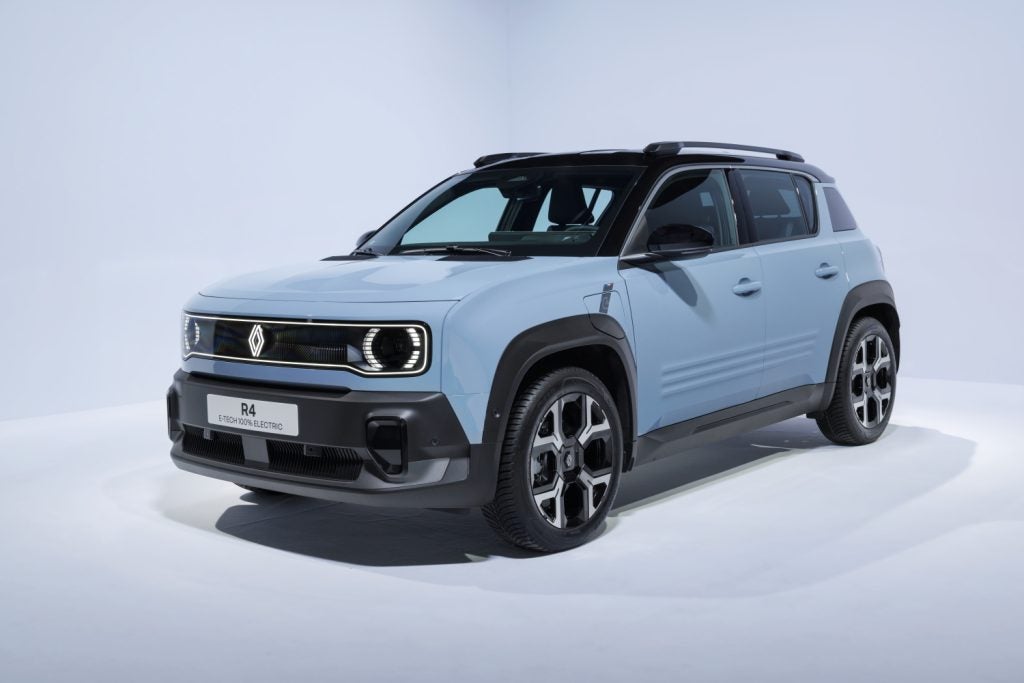The global EV charger (EVC) market is forecast to grow from more than 1m units in 2014 to over 12.7m in 2020, according to a new report.
The study investigates the current and future regional deployments of EV charging stations and identifies factors for future growth.
“Deployments of EV charging stations are critical to enable a widespread adoption of electric plug in vehicles,” said IHS Automotive senior analyst Ben Scott. “Most charging stations are expected to be installed in domestic applications, such as a dedicated wall box or simply a charging cord plugged into a household power source.”
According to the report, the global production market for pure electric and plug in hybrid electric (PHEV) vehicles is expected to grow significantly between 2014 and 2020.
AC/DC
An AC charging station supplies current to the on board vehicle charger and typically provides 5-15 miles of electric range per 30 minute charge while a DC charging station supplies current directly to the vehicle battery and typically provides about 80 miles of electric range per hald hour charge.
How well do you really know your competitors?
Access the most comprehensive Company Profiles on the market, powered by GlobalData. Save hours of research. Gain competitive edge.

Thank you!
Your download email will arrive shortly
Not ready to buy yet? Download a free sample
We are confident about the unique quality of our Company Profiles. However, we want you to make the most beneficial decision for your business, so we offer a free sample that you can download by submitting the below form
By GlobalData“AC charging stations are the dominant type of plug in vehicle charging type, and we expect AC charging to retain its position long-term,” Scott said. “AC charging is also an inexpensive and convenient way of charging requiring much smaller upgrades of the electricity grid whereas DC charging is best suited for ‘en route’ charging.”
AC charging likely will play a crucial role in the public domain of the EV charging infrastructure. According to the report, approximately 10% of EV charging stations by 2020 will be within the public or semi-public domain while the number of global DC charging stations is expected to be relatively low with locations on the outskirts of cities and highway infrastructure rather than in dense urban areas.
The report finds deployments of the charging stations are dependent on a highly variable price range – from US$395 for a simple domestic wall box to over $35,000 for a DC charging station. This does not include installation costs that could add $10,000 in the case of DC charging, depending on location and accessibility.
Germany and France
“Japan is a key growth region for the EV charging stations and recently passed a key milestone by having more EV charging stations than petrol stations,” Scott said.
In Europe, the Netherlands, the United Kingdom and Norway currently lead the way in terms of number of charging stations.
Scott said Germany and France “are the ‘sleeping giants’ of e-mobility but their charging networks are currently underdeveloped with respect to the size of those countries”.
Sales of EVs in Germany and France have been relatively low in comparison to other European countries.
“In the US, EV charging station deployments are primarily driven at the state level. As an example, the ‘greener’ states, like California, deploy more EV charging stations than others,” Scott said. “This is highly dependent on the individual state’s level of incentives and legislation supporting the adoption of EVs, along with regulations for fuel economy.”
Japan leads with CHAdeMO
Japan has more than 2,800 DC fast charging stations using CHAdeMO the local fast charging standard. The country accounts for roughly 50% of the global total of all CHAdeMO stations.
Europe and North America also have their own fast charging standard, Combined Charger System (CCS). This type of a fast-charging station is supported by the majority of OEMs, such as Audi, BMW, Daimler, Chrysler, Ford, GM, Porsche and Volkswagen. Vehicles with fast DC charging capability based on the CCS standard have only been on the road since 2013.
From 2010 to 2014, IHS forecasts that just 7% of electric vehicles globally use the CCS charging system and about 65% use the CHAdeMO standard. IHS expects this will change over the short to mid term as more vehicles with the CCS standard enter the vehicle parc. There will gradually be a more even split between the two DC fast charging standards.
PHEVs to exceed EVs
The mix of plug-in vehicles in the parc also has an impact on the rollout of EV charging station deployment. IHS forecasts that in 2016, for the first time, global PHEV production will exceed pure electric vehicle production and is expected to remain that way for the short to mid term.
Accelerated production of PHEVs is motivated by meeting CO2 targets while remaining cost effective.
“Although there will be many more plug-in vehicles on the road, realistically it is the ‘pure’ EVs which will make most use of available charging points,” Scott said. “EV production is also increasing and we expect charging infrastructure to roll out respectively.”
Regional markets will encourage EV charging stations as stations in the public domain will be essential for consumers and in turn, a developed charging station network may encourage consumers to purchase a ‘greener’ EV over a PHEV.







